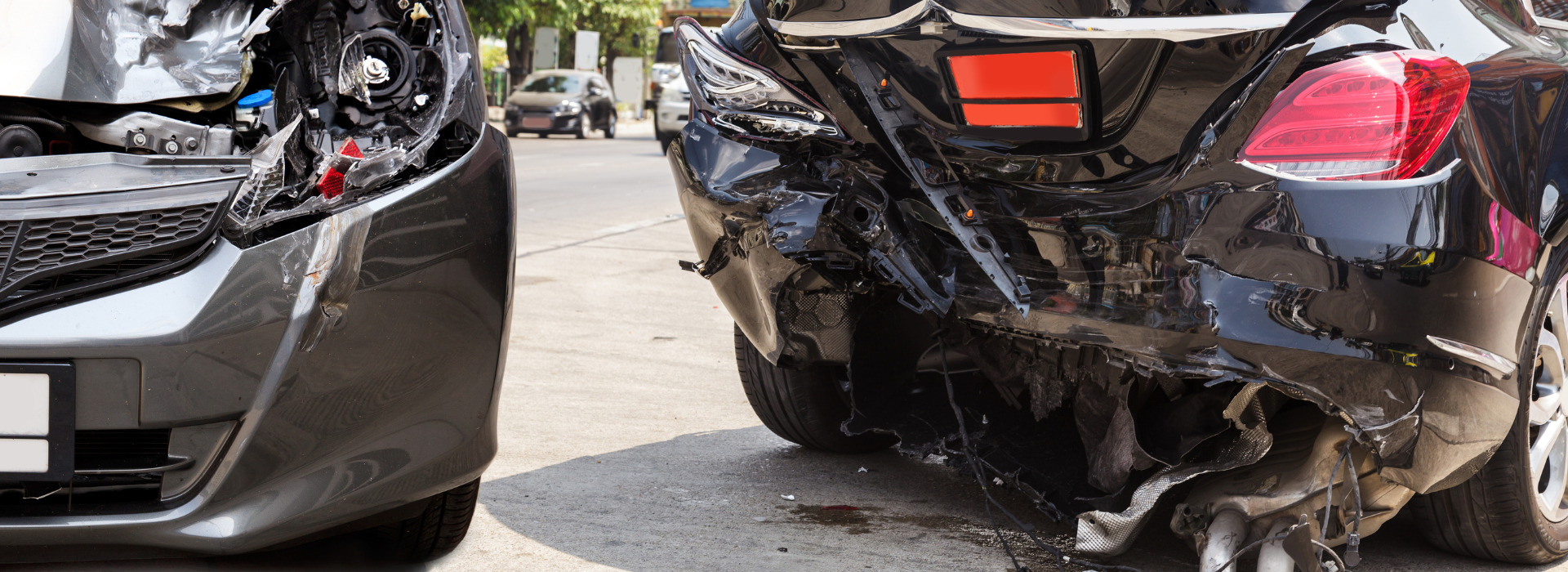What is tort law?
Simply put, a tort is a wrong. Technically speaking, a tort is a civil wrong causing the claimant to suffer loss or harm, resulting in legal liability for the person who commits the tortious act (i.e., the wrong).
Tort law provides a mechanism for people to seek compensation when they have been injured, or their property has been damaged by the wrongdoing of others.
It is important to note that torts are not legislated. This means that there are no laws that set out specific torts and corresponding penalties for tortfeasors (the person who commits the tort). With a few exceptions, tort law is almost entirely common law based.
What is Common Law? How Does It Impact Tort Law?
“Common law” translates to judge-made law. Throughout the common law tradition, judges have recognized multiple torts which now form the basis of Canadian tort law. Specific torts include trespass, assault, battery, nuisance, defamation, false imprisonment, and negligence.
In the context of a car accident injury claim, the tort of negligence enables injured parties to seek compensation. In causing a car accident, the at-fault party has committed the civil tort of negligence against the innocent driver.
How Does Fault Factor into Tort Law?
An at-fault driver, or tortfeasor, is negligent when he or she operates their vehicle in a way that causes damage or injury to another person. To be clear, the tortfeasor is not able to sue for compensation if they were also injured in a car accident. The tort of negligence is only available to injured drivers who are not at fault.
For a driver to be negligent and deemed “at fault” in a car accident, the innocent party must prove the elements of negligence. Failure to prove any one of the following elements will result in no liability against the would-be tortfeasor and no compensation for the claimant.
What about Duty of Care?
First and foremost, a claimant must establish a duty of care between themself and the defendant. In the context of a car accident, a duty is always established. It is settled law that drivers owe each other a duty of care when using public roads.
Next, the claimant must prove that the defendant breached their duty, by acting in a way that fell below the standard expected in the circumstances. In the context of a car accident, a defendant will have breached their duty if, for example, they run a red light and T-bone another driver.
Having established that the other driver fell below the standard of care expected in the circumstances, the claimant must now show that they suffered a loss. In the context of a car accident, physical and psychological injuries provide evidence of a loss. Please note that car accident injuries must be attested to by a health care provider to satisfy this element of negligence.
Causation Also Factors Into Your Claim
The last element of negligence is known as “causation”. The claimant must prove that the defendant’s breach of the standard of care caused their injuries. In the context of a car accident, the impact must have been the direct cause of a claimant’s broken arm or whiplash injury. Causation is assessed with the “but for test”. The question is, but for the car accident, would the claimant have suffered these injuries? If the answer is “no” causation is established.
Get Started Today
Sound legal advice is the first step on the road to justice. At James H. Brown and Associates, we make it fast and easy to access the legal advice you need, starting today.
Unlike many large law firms in Alberta, James H. Brown and Associates’ injury lawyers are ready to speak with you right away. No call centres, no intake teams, just the expert legal advice you and your family need.
Contact us today to speak with a lawyer and schedule a free, no-obligation consultation with James H. Brown and Associates.


















